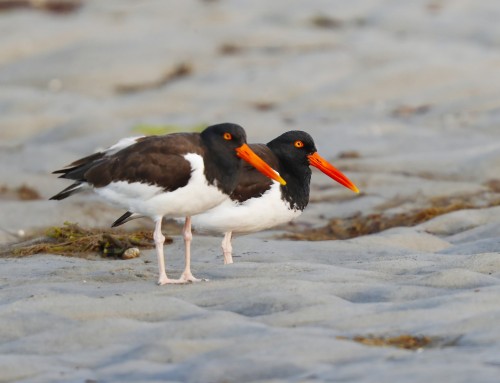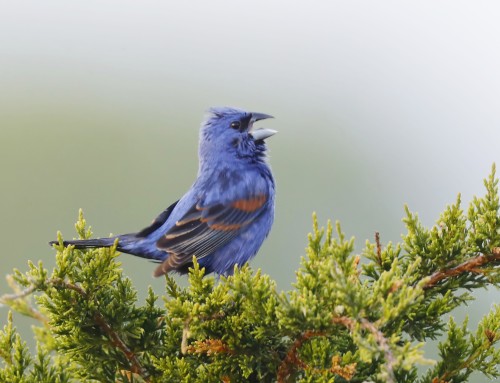Ruddy Turnstones migrate along the East Coast in late summer and early fall, using coastal habitats for foraging and resting. They travel in flocks, undergo plumage changes, and rely on celestial and environmental cues for navigation. This Ruddy Turnstone was recently seen foraging near the wrack line at Woodneck Beach.
The Ruddy Turnstone (Arenaria interpres) is a small to medium-sized shorebird that is known for its distinctive plumage and its migratory behaviors. Along the East Coast of North America, the Ruddy Turnstone exhibits several interesting fall migration behaviors as it travels from its breeding grounds in the Arctic tundra to its wintering areas in the southern hemisphere. Here is an overview of the fall migration behaviors of the Ruddy Turnstone along the East Coast:
- Timing: The fall migration of Ruddy Turnstones typically begins in late summer and continues through early fall. The exact timing can vary, but they start leaving their breeding areas in the Arctic, such as northern Canada, in August or September.
- Stopover Sites: Ruddy Turnstones are known to make use of various stopover sites along the East Coast during their migration. These sites are important for resting and refueling before they continue their journey. Ideal stopover sites include coastal mudflats, estuaries, and salt marshes where they can find abundant food resources like insects, crustaceans, and small mollusks.
- Coastal Habitat Usage: Ruddy Turnstones are often observed in coastal habitats, including sandy and rocky shorelines, where they forage for food. They use their stout, slightly upturned bills to overturn pebbles and debris to uncover prey hidden beneath.
- Flocking Behavior: During migration, Ruddy Turnstones are highly social and often gather in small to large flocks. These flocks provide safety and cooperation when searching for food and avoiding predators. The flocks can be quite conspicuous as they forage along the shoreline.
- Long-Distance Travel: Ruddy Turnstones are long-distance migrants, and their fall migration along the East Coast can be part of a much longer journey that eventually takes them to wintering areas in South America, the Caribbean, and even as far as the southern tip of Africa.
- Orientation and Navigation: Like many migratory birds, Ruddy Turnstones rely on various cues for orientation and navigation during their migration. They may use celestial cues such as the sun and stars, geomagnetic fields, and visual landmarks along the coast to maintain their course.
- Plumage Change: During the fall migration, Ruddy Turnstones may undergo a molt from their breeding plumage to their non-breeding plumage. Their striking reddish-brown and black breeding plumage transitions to a more subdued, mottled brown and gray non-breeding plumage.
- Vocalization: Ruddy Turnstones are not particularly vocal during their migration, but they may produce soft, high-pitched calls when interacting with other birds in their flock.
Overall, the fall migration of Ruddy Turnstones along the East Coast is a remarkable journey that showcases their adaptability to different coastal habitats and their reliance on key stopover sites for rest and refueling. These behaviors are essential for their survival as they travel long distances between their breeding and wintering grounds.






Leave A Comment
You must be logged in to post a comment.